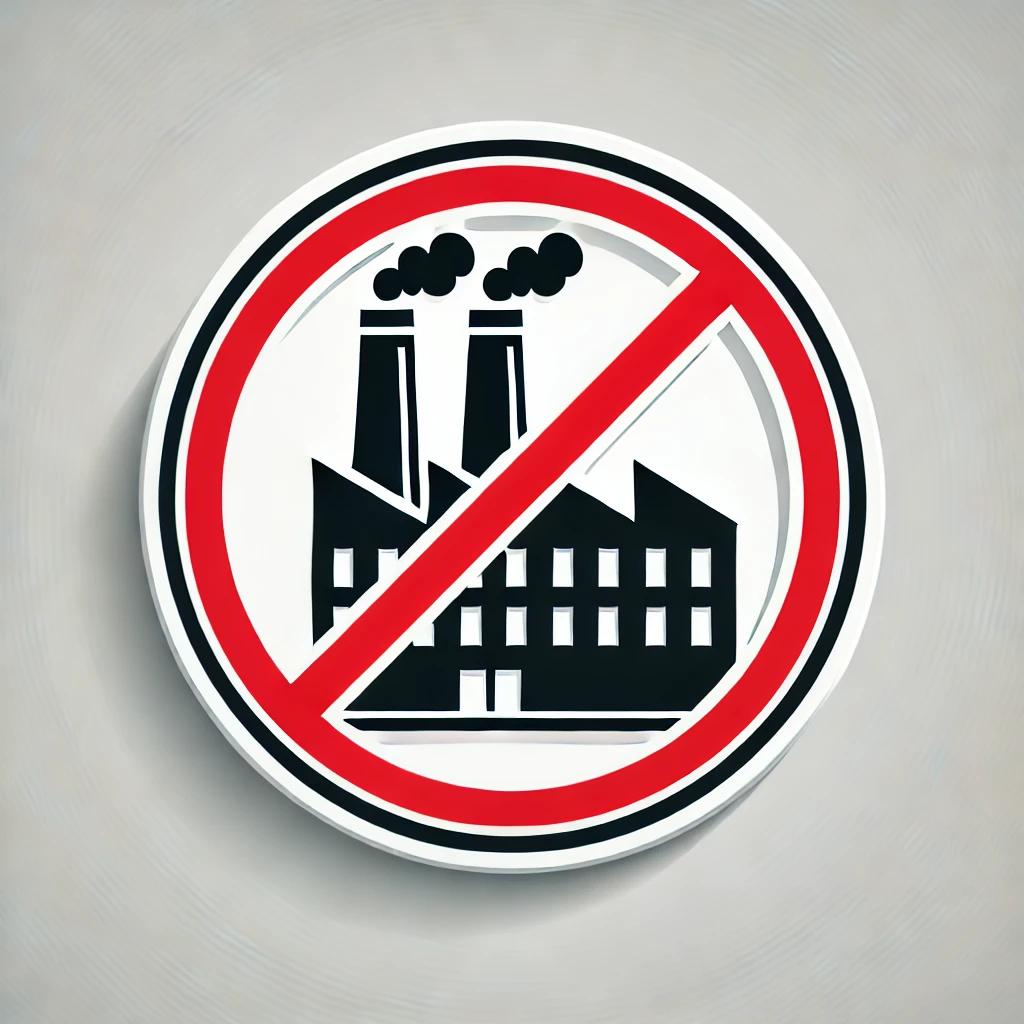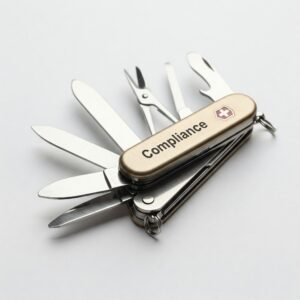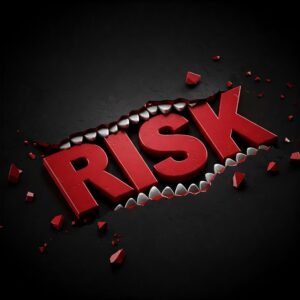In the world of Enhanced Due Diligence (EDD), understanding industry risk is critical. Certain industries inherently carry more risk due to regulatory scrutiny, susceptibility to money laundering, or historical associations with illicit activities. However, not all high-risk industries pose an equal threat to your business. By effectively assessing and managing industry risks, you can safely onboard customers while complying with regulatory expectations.
What Are High-Risk Industries?
High-risk industries (or high-risk sectors) are industries more likely to be involved in activities that could compromise financial institutions or businesses, such as money laundering, fraud, or terrorism financing. These industries often include:
1. Casinos and gambling establishments
2. Real estate (particularly international transactions)
3. Cryptocurrency businesses
4. Weapons and arms dealers
5. Precious metals and jewelry
6. Cannabis businesses (in regions where it’s legal but highly regulated)
This list of high-risk business industries is not exhaustive but highlights sectors commonly flagged for scrutiny by regulators such as the Financial Action Task Force (FATF).
Why Industry Risk Matters for EDD?
EDD focuses on understanding the complete risk profile of a customer. Knowing the industry a customer operates in can help you:
1. Identify potential red flags early in the onboarding process.
2. Ensure compliance with Anti-Money Laundering (AML) and Know Your Customer (KYC) regulations.
3. Minimize exposure to reputational and financial risks.
For example, a cryptocurrency exchange might pose a greater money laundering risk than a local retail business. However, if proper safeguards are in place, the actual risk to your business may be manageable.
Regional Variations in Industry Risk
The perception of industry risk varies significantly by region. For instance:
– Cryptocurrency businesses are high-risk in countries with minimal regulatory frameworks, while in regions with strong regulations, they might be medium-risk.
– Cannabis businesses are legal and regulated in many U.S. states, but they remain federally restricted, complicating risk assessments.
When onboarding customers, understanding the geographical context of their operations is crucial for accurate risk categorization.
How to Safely Onboard High-Risk Customers?
Successfully onboarding high-risk customers requires a combination of diligence and robust processes:
1. Enhanced Screening: Use advanced tools to check against sanctions lists, adverse media, and industry-specific red flags.
2. Continuous Monitoring: Even after onboarding, high-risk customers require ongoing checks for changes in behavior or ownership structures.
3. Transparent Documentation: Maintain thorough records of risk assessments and the steps taken to mitigate risks.
Why High-Risk Industries May Not Be High Risk for You
Not every high-risk business inherently poses a large threat. For instance:
– A real estate developer working solely in regulated, transparent markets might present minimal risk.
– Jewelry retailers with strict compliance policies and clear supply chain transparency might be less of a concern.
Your ability to understand the nuances of an industry and implement customer-specific controls will determine the real risk level to your business.
Conclusion
Industry risk is a fundamental element of Enhanced Due Diligence. By tailoring your approach to specific industries and regions, you can onboard customers safely without compromising your compliance obligations. Remember, not all high-risk sectors are equally risky; the key lies in understanding the specific context of your customers and their industries.







